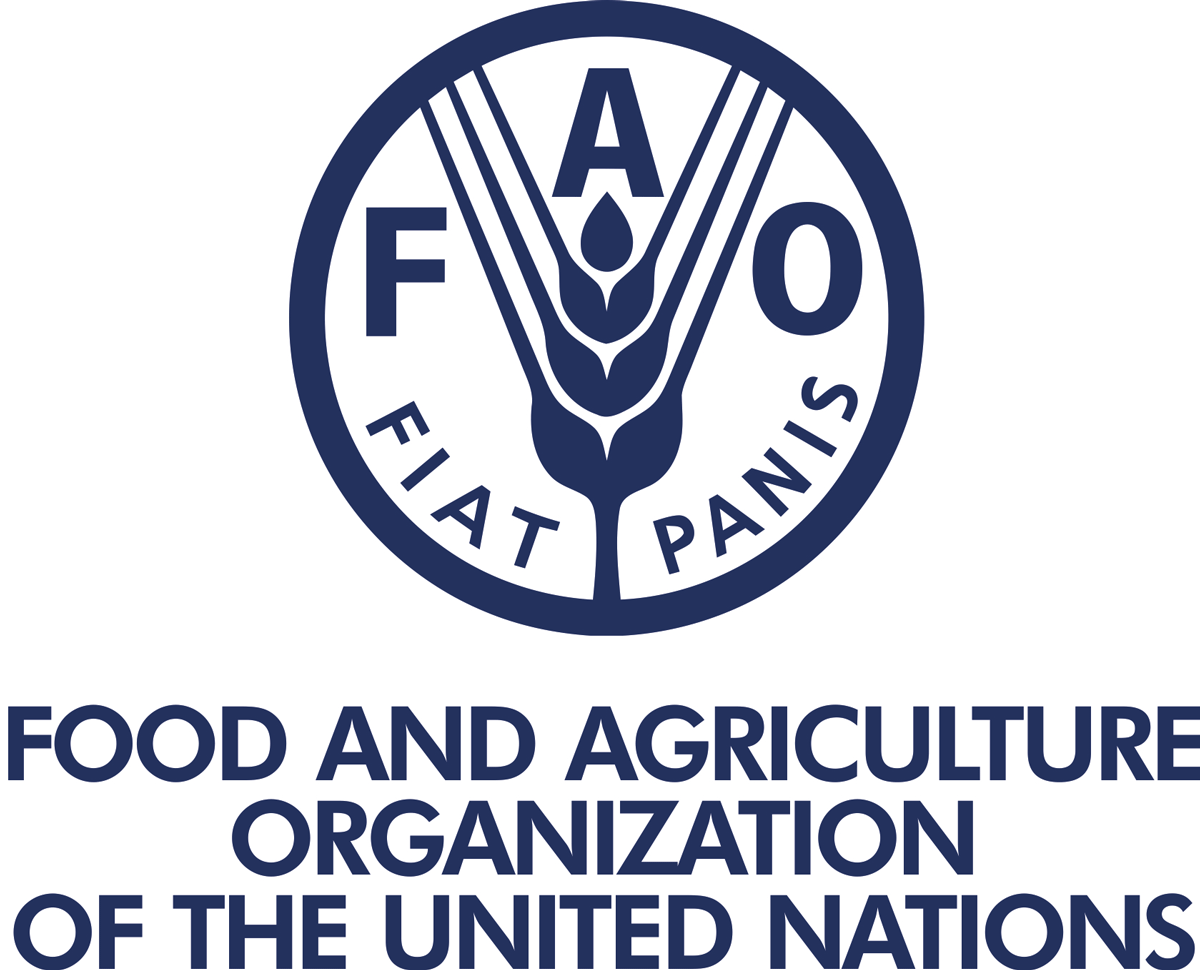UN recognizes 7 World Restoration Flagships to reverse environmental degradation
The UN Environment Programme (UNEP) and the Food and Agriculture Organization of the UN (FAO) have named seven initiatives from Africa, Latin America, the Mediterranean and South Asia as UN World Restoration Flagships. A statement by UNEP said the initiatives include ecosystems at the tipping point of outright degradation resulting from wildfires, drought, deforestation and […]

Food and Agriculture Organisation
The UN Environment Programme (UNEP) and the Food and Agriculture Organization of the UN (FAO) have named seven initiatives from Africa, Latin America, the Mediterranean and South Asia as UN World Restoration Flagships.
A statement by UNEP said the initiatives include ecosystems at the tipping point of outright degradation resulting from wildfires, drought, deforestation and pollution.
It said they are now eligible for technical and financial UN support.
The World Restoration Flagship awards are part of the UN Decade on Ecosystem Restoration – led by UNEP and FAO – which aims to prevent, halt and reverse the degradation of ecosystems on every continent and in every ocean.
- Mama Boko Haram, 2 others jailed over N40m ‘fraud’
- Nigeria, UK trade hits N12trn as deal sealed to ease barriers
The awards track notable initiatives that support global commitments to restore one billion hectares, an area larger than China.
According to the statement, the winning initiatives are announced ahead of the 6th session of the UN Environment Assembly (UNEA-6), the world’s highest-level decision-making body for matters related to the environment, taking place from February 26 – March 1 at UNEP headquarters in Nairobi, Kenya.
It said together, the seven new flagships are expected to restore nearly 40 million hectares and create around 500,000 jobs.
The Executive Director of UNEP, Inger Andersen, said for too long, economic development came at the expense of the environment. Yet today we see global efforts to usher in a comeback for nature.
“These initiatives show how we can make peace with nature, put local communities at the heart of restoration efforts and still create new jobs. As we continue to face a triple planetary crisis of climate change, nature and biodiversity loss, and pollution and waste, now is the time we must double down and accelerate restoration initiatives.”
She said the World Restoration Flagships are chosen as the best examples of ongoing, large-scale and long-term ecosystem restoration by the Task Forces for Science and Best Practices of the UN Decade on Ecosystem Restoration and approved by its executive board.
Meanwhile, the flagships include from Fires to Forests – Resilience in the Mediterranean, Living Indus – Restoring a Cradle of Civilizations, Acción Andina: Saving a global water and climate hotspot, Sri Lanka stopped planting mangroves and started growing them, Terai Arc Landscape: Reviving Asia’s mega-fauna, Regreening Africa’s agriculture and Growing forests in Africa’s drylands: African farmers transforming food systems.
